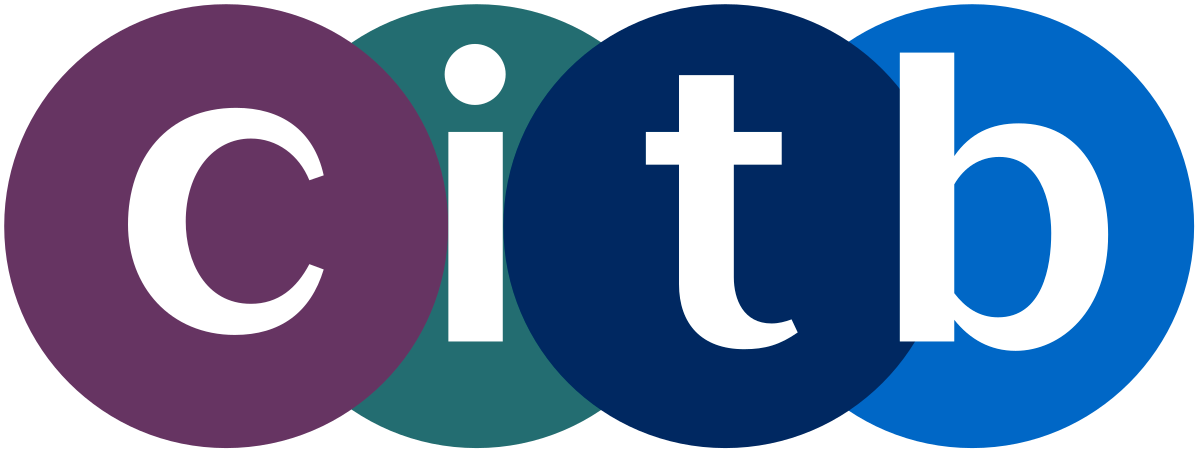DRONE USE FOR CONSTRUCTION

Setting Out For Construction is an Approved Training Organisation
- CITB Assured
- Eligible for Flexible Workforce Development fund, GRANT BACK fund, CITB Skills and Training fund and/or levy grants.
Drone Use for Construction Surveying - Introduction
This course teaches the basic theory and considerations for drone use for construction applications.
The course is aimed at anyone who would like to understand how drones can be used in a construction environment and what is involved in carrying out a drone survey and preparing the deliverables.
Drone Use for Construction Surveying - Intermediate
Delegates must carry out the CITB Assured course “Drone Use For Construction Surveying – Introduction” before attending this course.
The course is aimed at those who have a working knowledge of:
- 3D Coordinate Geometry
- Surveying and Setting Out Principals
- 3D Mapping and Modelling Software
If you do not have a working knowledge of these topics, you should first attend the 3-day practical course ‘Total Station for Construction’ and the 2-Day CAD For Site Engineers course.
Course Content
Download BrochureDRONE USE FOR CONSTRUCTION - INTRODUCTION (1 DAY)
By the end of the course, delegates will be able to:
- Describe what a drone can be used for
- List the relevant legislation that covers aerial operations and list the relevant points for construction use
- Explain the principles and uses of photogrammetry
- List the different payloads and sensors that can be fitted on drones
- List the software solutions available for capturing drone data
- List the software solutions for processing the captured data
- List the range of deliverables required for the construction industry and how to use them e.g. DSM, DTM, photographs, point clouds
DRONE USE FOR CONSTRUCTION - INTERMEDIATE (1 DAY)
By the end of the course, delegates will be able to:
- Identify customer requirements including required accuracy
- Select the placement of survey control points (ground markers)
- Establish take- off and landing zones
- Carry out a risk assessment (weather, permissions, obstructions, risks, risk to the public)
- Prepare a method statement
- Plan the flight
- Explain when it is appropriate to use manual flying vs automated flying techniques
- Plan access points
- Mark out aerial operations including ground control points and take-off and landing zone
- Notify the relevant people/ organisations
- Carry out the flight/s
- Set up the take-off and landing zone
- Set up the flight/s
- Execute the flight plan/s
- Check post-flight captured including brightness, clarity, coverage, amount of data
- Secure and clear the area
- Prepare the data for processing (including transferring and converting)
- Import the survey control points or list
- Run the photogrammetry processing engine
- Carry out a quality control check
- Export required deliverables
